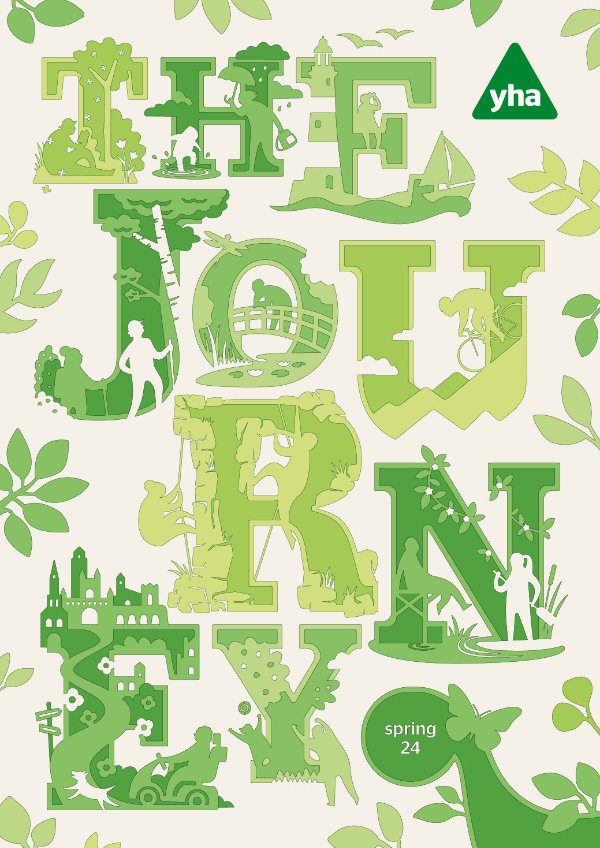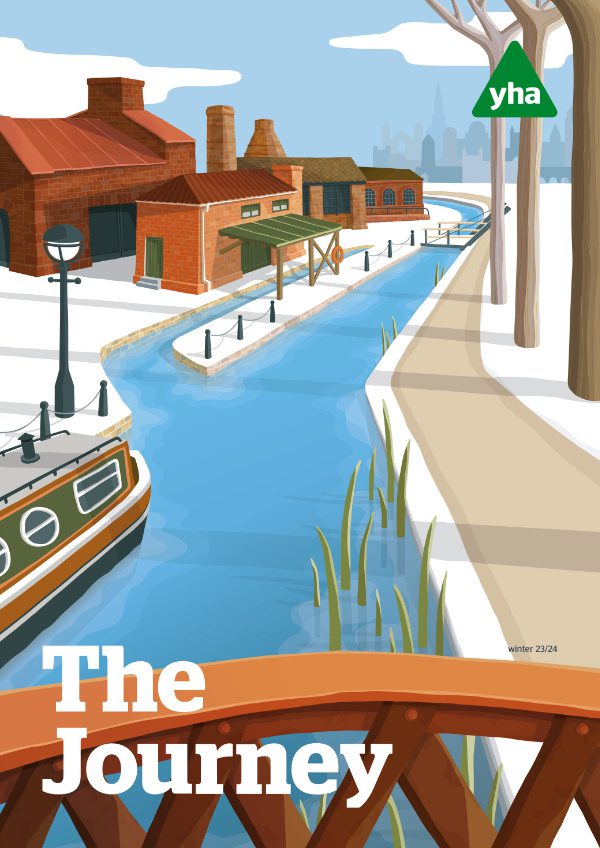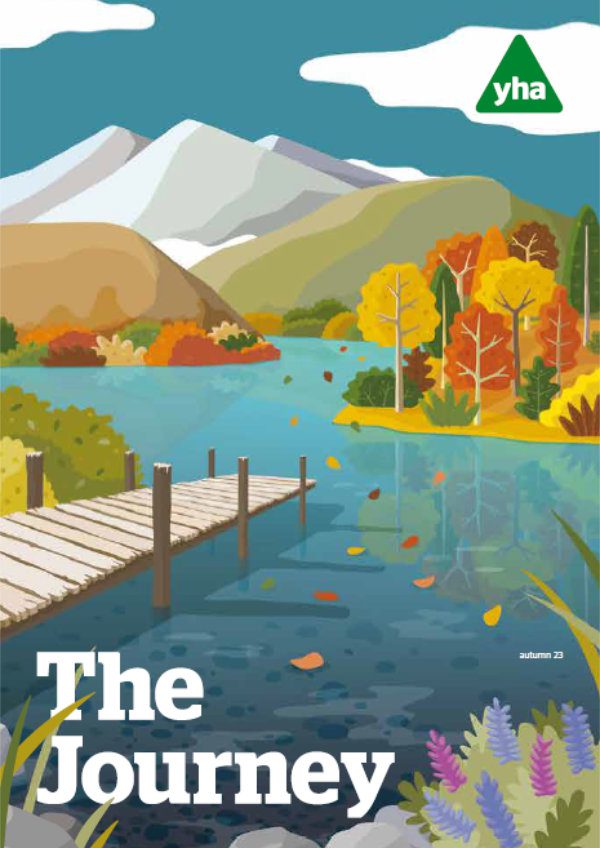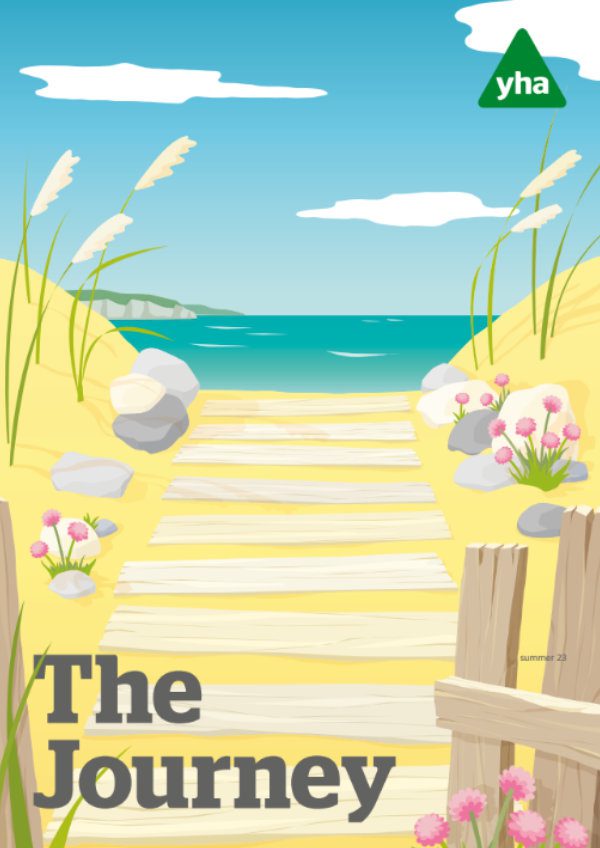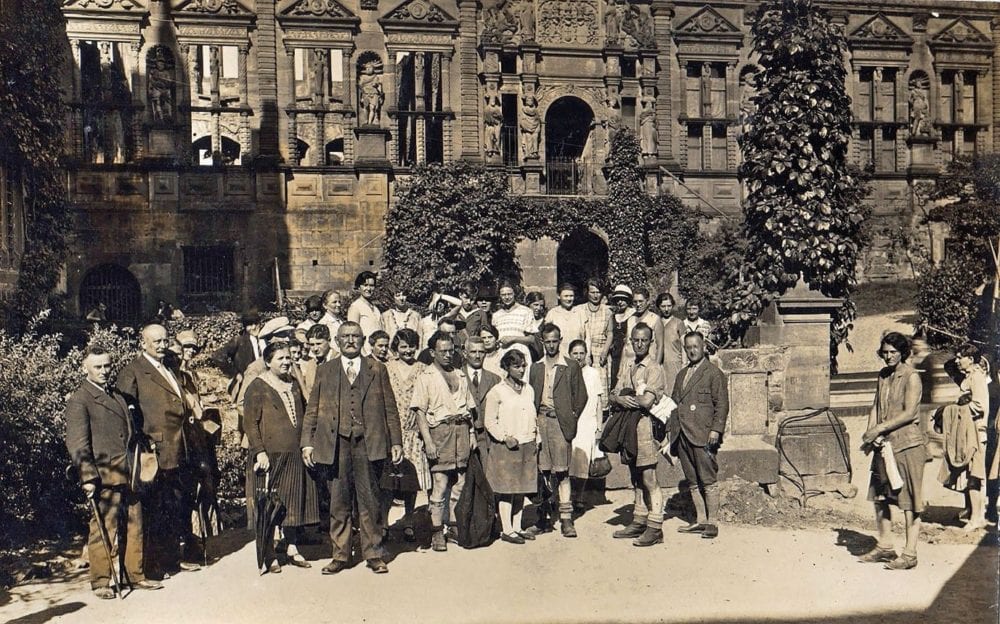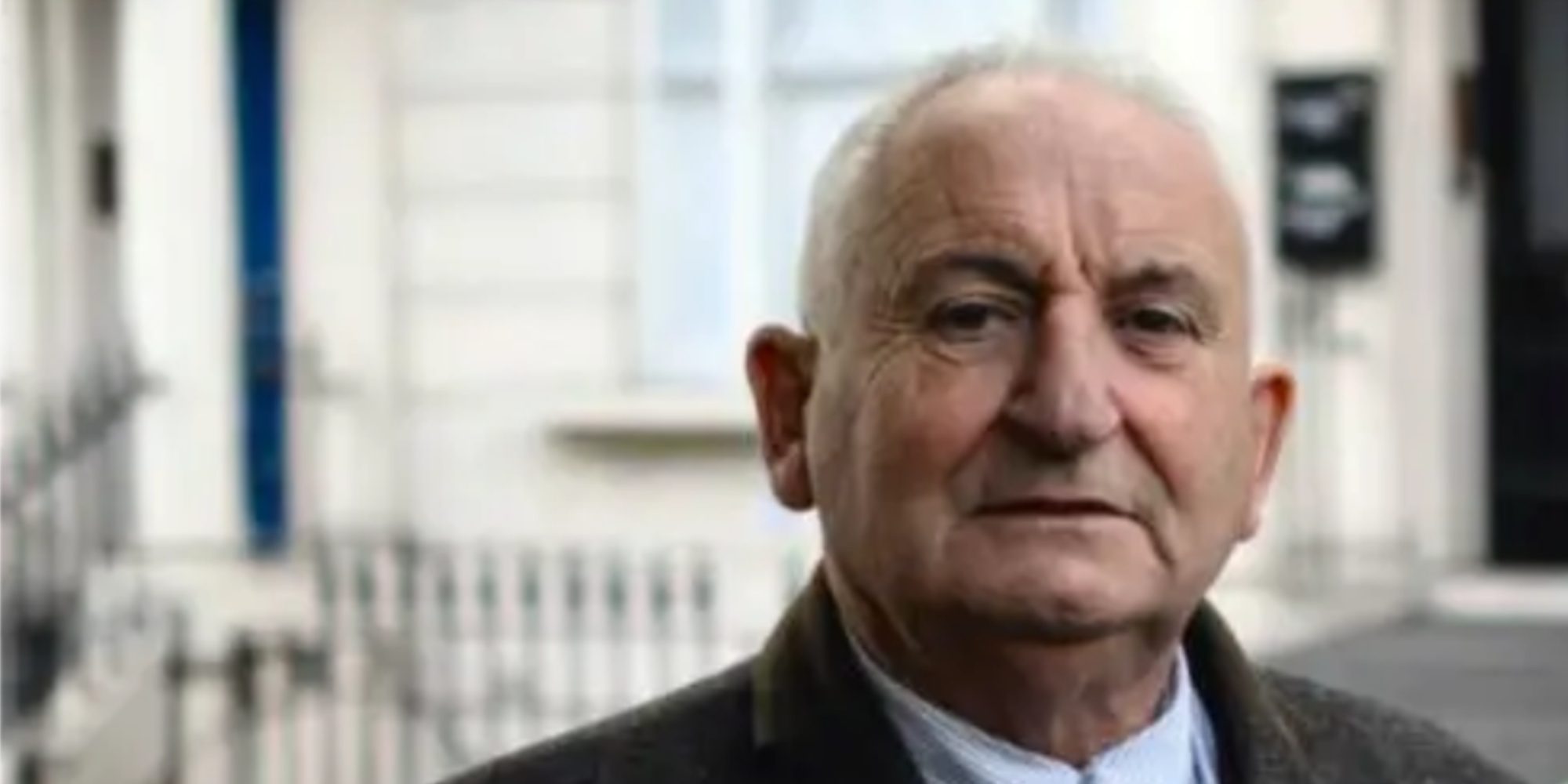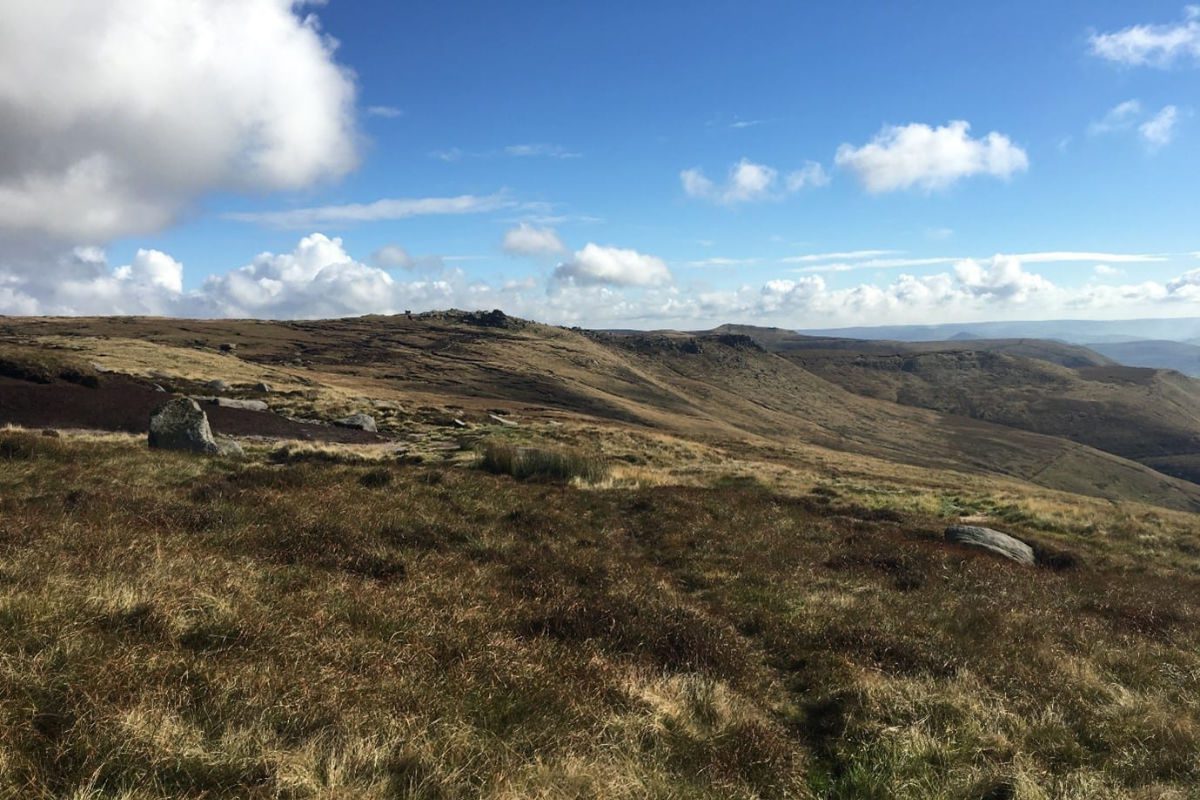We speak to Ray Mears – TV presenter, author and Fjallraven’s bushcraft ambassador – on why now is the perfect time to be focusing on the small details of nature, and what we can learn from other cultures and their relationship with the land.
How did you get your outdoor fix through lockdown?
I’m lucky to have a garden with some woodland, and I enjoy that very much. I’ve been looking at the small things in life. I’m very lucky because I live in the countryside, so even if I just look out of my window, I’ve got wildlife passing by which is important to me. I’ve been watching the flowers as they come and go, photographing some of those and just paying more attention to the insects associated with them.
What kind of outdoor skills can people learn on a small scale?
One of the things I find when I teach people is that not enough time is spent on mastering fundamental skills, particularly, for example, knot-tying – that’s important. And not enough time is spent rehearsing: practising and practising so that things become second nature. Swotting up on your birds, for example, so that when you go out, you’re paying more attention to the small details. The devil is in the detail; it’s all the small things that make up an environment that are important.
What advice would you give to parents for getting their children into the outdoors?
It depends on their ages, of course, but preparing kids for the outdoors is important. How to get their gear ready, and if you’re teaching children knots, for example, make a competition out of it. See who can tie it fastest or with a blindfold on. Can they tie the knot in a bucket of water when their hands are cold? There are lots of things like that you can do which are games, but actually games with a much more serious purpose later in life. Games in First Nation cultures often have a more significant meaning.
What attracted you as a kid to get out?
It was tracking. I think I was eight and I was given a book on animal tracks and signs, and I went up onto the local common – in those days there were snowy winters, and I found animal tracks, fox tracks, that I identified from the book and I was hooked. And I kept following them, and then the snow turned to mud, and I kept going, and that still keeps me going now. I still feel that same excitement when I see the track of an animal I want to see that I’ve never seen before in the wild. A track conveys the spirit of the animal that passed.
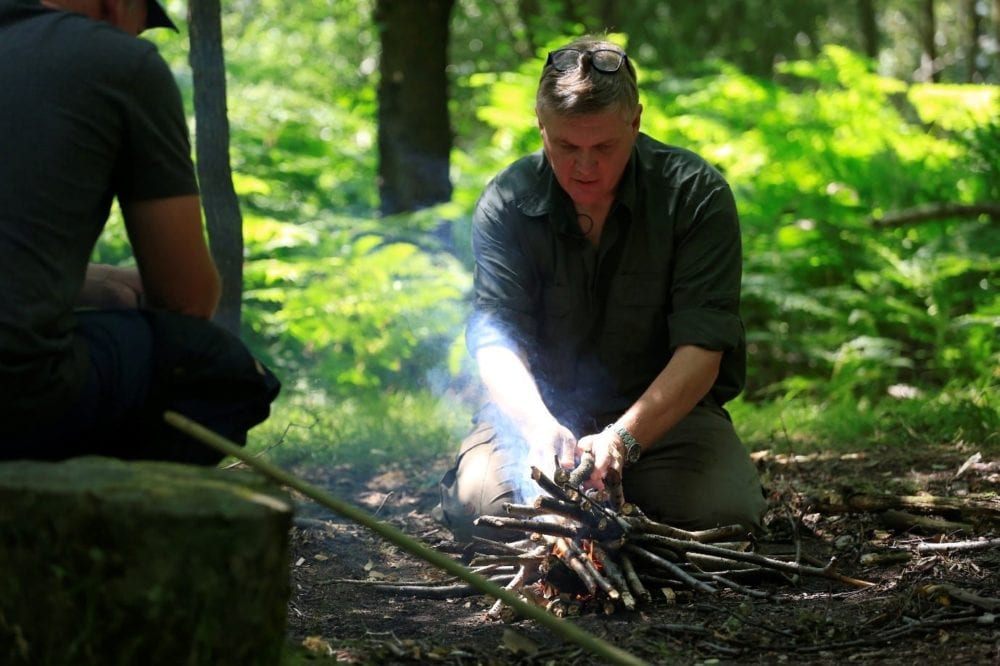
How did that develop later?
Bushcraft is something I have an interest in. Like most people, I came into it from the survival end, wanting to know how to take care of myself, which is a very important part of the subject. It’s often forgotten today, but it’s really important that you start off by learning to take care of yourself, to understand about hypothermia, heat exhaustion, how to behave around threatening game, how to navigate – an essential skill – and first aid. They’re all vitally important skills. What bushcraft does is to fill in the gaps, giving you much more detail. It’s the pursuit of a lifetime, you never stop learning, and that’s the magic of it.
In all of your travels, meeting local people in some of the most extreme environments on Earth, what has been the key lesson?
The thing I think has been most valuable to me has been their perspective, their outlook on being a human in what we would call wild places but they just call home, and the responsibility that comes with that.
So amongst the Kalahari bushman, for example, they don’t believe that they can just help themselves to anything in the wild; nothing is for free, there’s always a cost. They show a cognisance of that by leaving something in return: if they collect an item, they might cut some hairs from their head and put it down as a gift in receipt of the goods that they’ve taken from the wild, and this concept of looking after the land is something I found very widely. It’s very often that you hear people talk about the earth as their mother. This is a very profound outlook on the world, and something that we could all massively benefit from.
Ray’s latest book, Wilderness Chef: The Ultimate Guide to Cooking, published by Conway, is out now.

